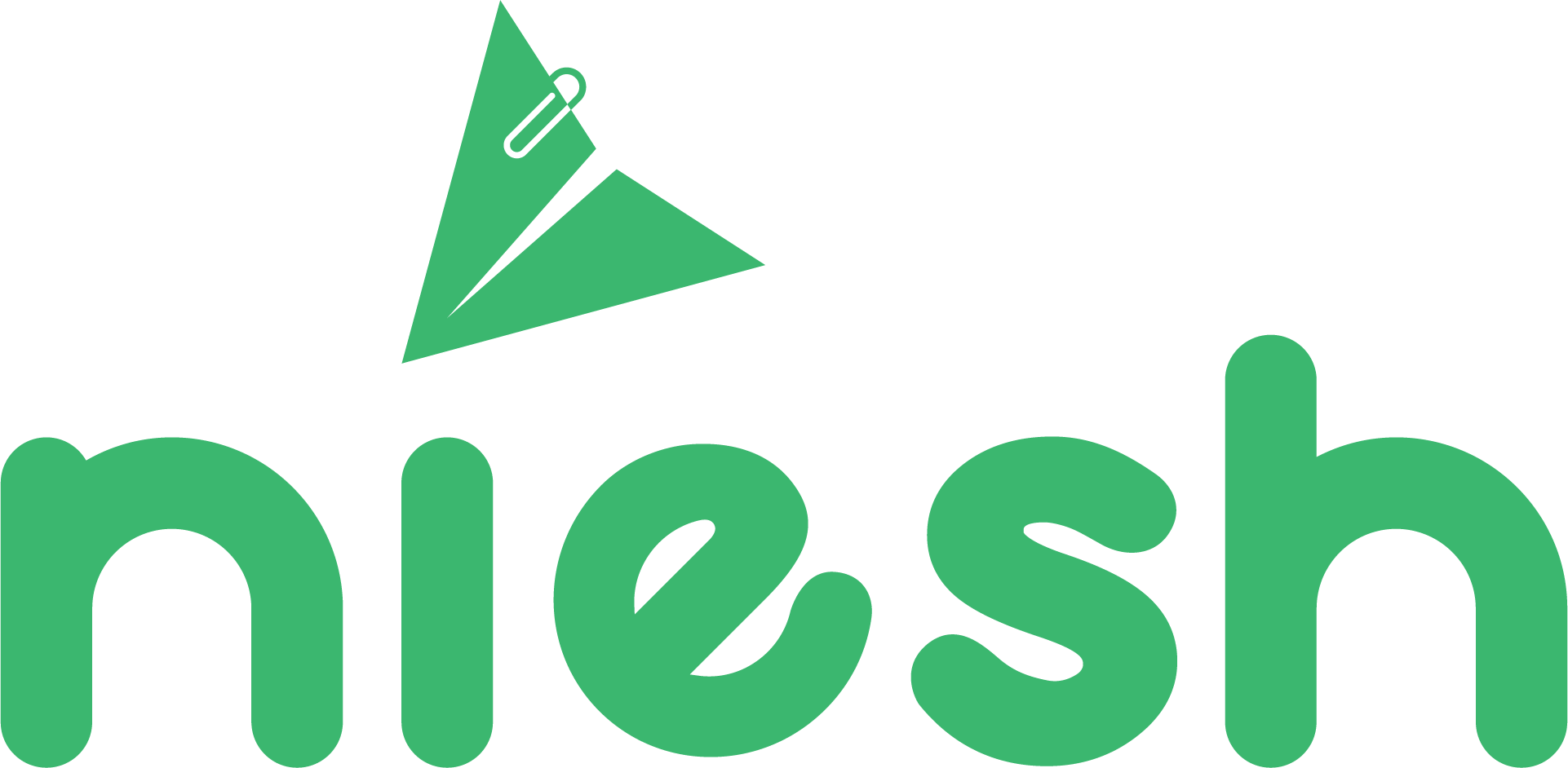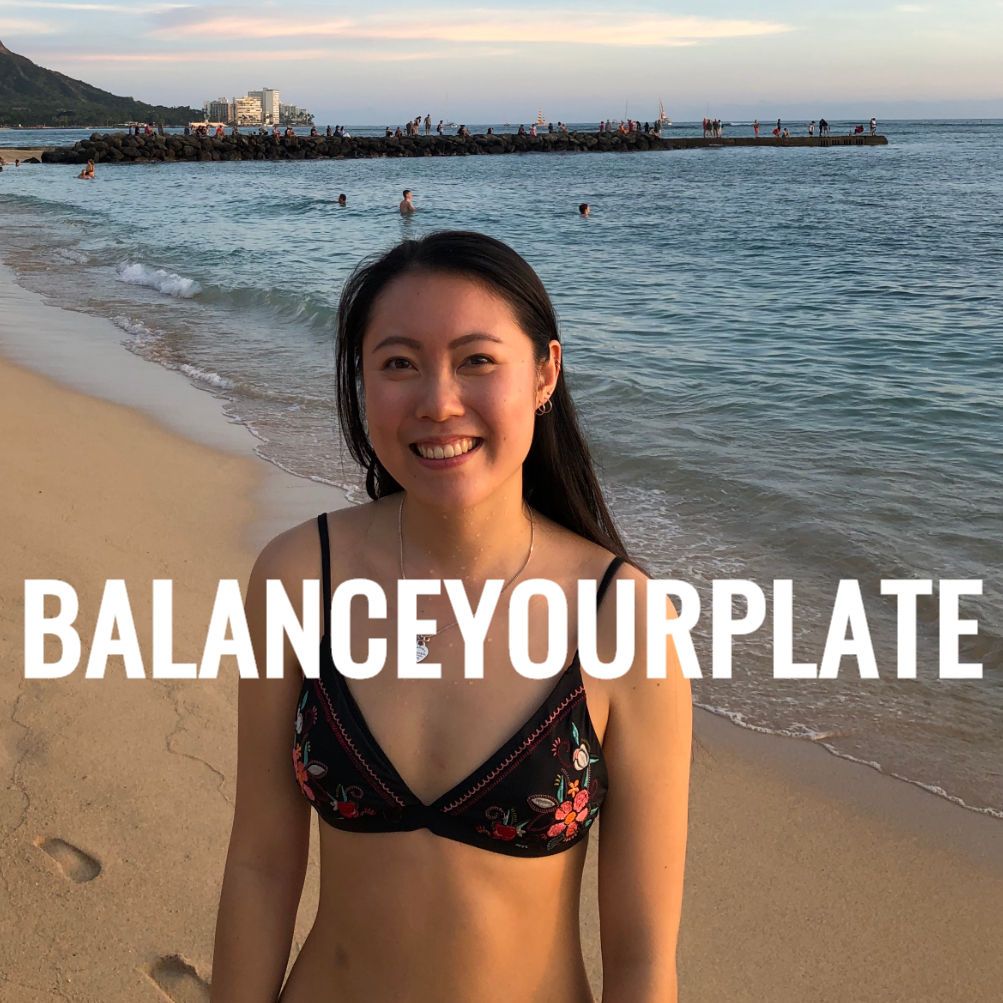IF THESE FOOD TIPS GAVE YOU ANYTHING ABOVE A C+, I WOULD LOVE YOUR TESTIMONY.
I don’t know about you, but I’m mentally preparing for long days ahead when I arrive at the library when it’s dark, and leave when it’s dark again (but maybe that’s because I’m down in Dunedin and we don’t get enough damn daylight hours).
One positive to come out of all this, is the justification to spend my studylink on coffee, buying lunch (and maybe dinner too) and also snacks. But it’s important to spend my limited money on the RIGHT snacks.
How can food affect studying?

Your brain needs a lot of fuel in the form of glucose, which comes from all the foods you eat in a day. What you eat can affect your ability to concentrate and avoid that afternoon slump, as well as help keep your stress levels in check.
Remember, eating well on the morning of your exam is important, but your diet in the days and weeks leading up to that point is also affecting how you feel and function.
There are NO ‘magic’ foods which will instantly improve your memory, but it doesn’t have to be complicated. General healthy eating (like 5+ a day and regular meals) coupled with a bit of physical activity and decent sleep can work wonders! You can read more tips for exam survival here.
Tips for choosing better study foods
1. Healthy fats and protein to keep you full
A handful of nuts or trail mix will keep you satiated and provide a dose of good fats, fibre and protein. You can easily make up your own combination of unsalted nuts and seeds as well as fun add-ins like M&Ms or pretzels (the peanut butter filled ones from the bulk-bins are to die for). At least this way when you grab a handful of your snack, half of it is healthy and the other half is nibbles of sweet/salty treats.
Another favourite of mine is plain rice cakes topped with peanut butter and banana, or hummus if you want to go down the savoury route.

2. Salty snacks
Not only are chips a loud, crunchy nuisance for everyone else in the library, but the grease and salt are likely to make you feel sluggish and dehydrated.
Homemade popcorn is dirt cheap to make, and contains a fraction of the salt and refined oils. Just buy the kernels, put them in a saucepan with a little oil and let it do its thing! Then sprinkle on some garlic salt or cinnamon and sugar if you want a little extra flavour. Check out these DIY seasonings below!

3. Sweet treats
Chocolate – good for the soul and sanity. I’m not even going to argue with you on that. However, less sugar is better to avoid feeling super tired after the initial rush, so choose dark chocolate and have small amounts at a time; I always go for the Whittakers 72% Ghana because it’s fairtrade! Plus, dark chocolate contains more caffeine for an extra boost 😉
Homemade treats – procrasti-baking is definitely a thing, but it’s not a bad study break and means you have a nice treat to bring with you to the library every day. I love making loaves or muffins which freeze well, or cookies which can be quick to whip up.
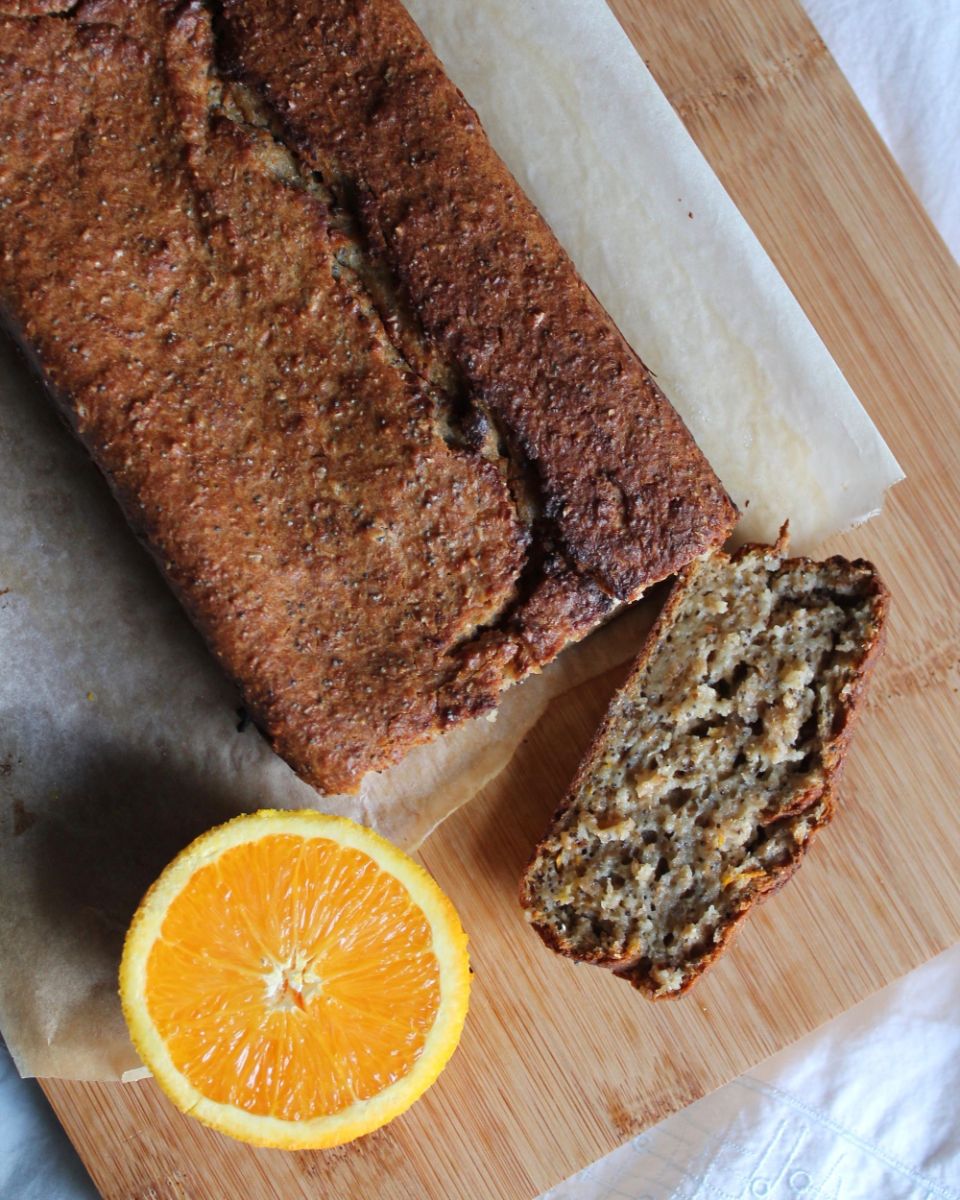
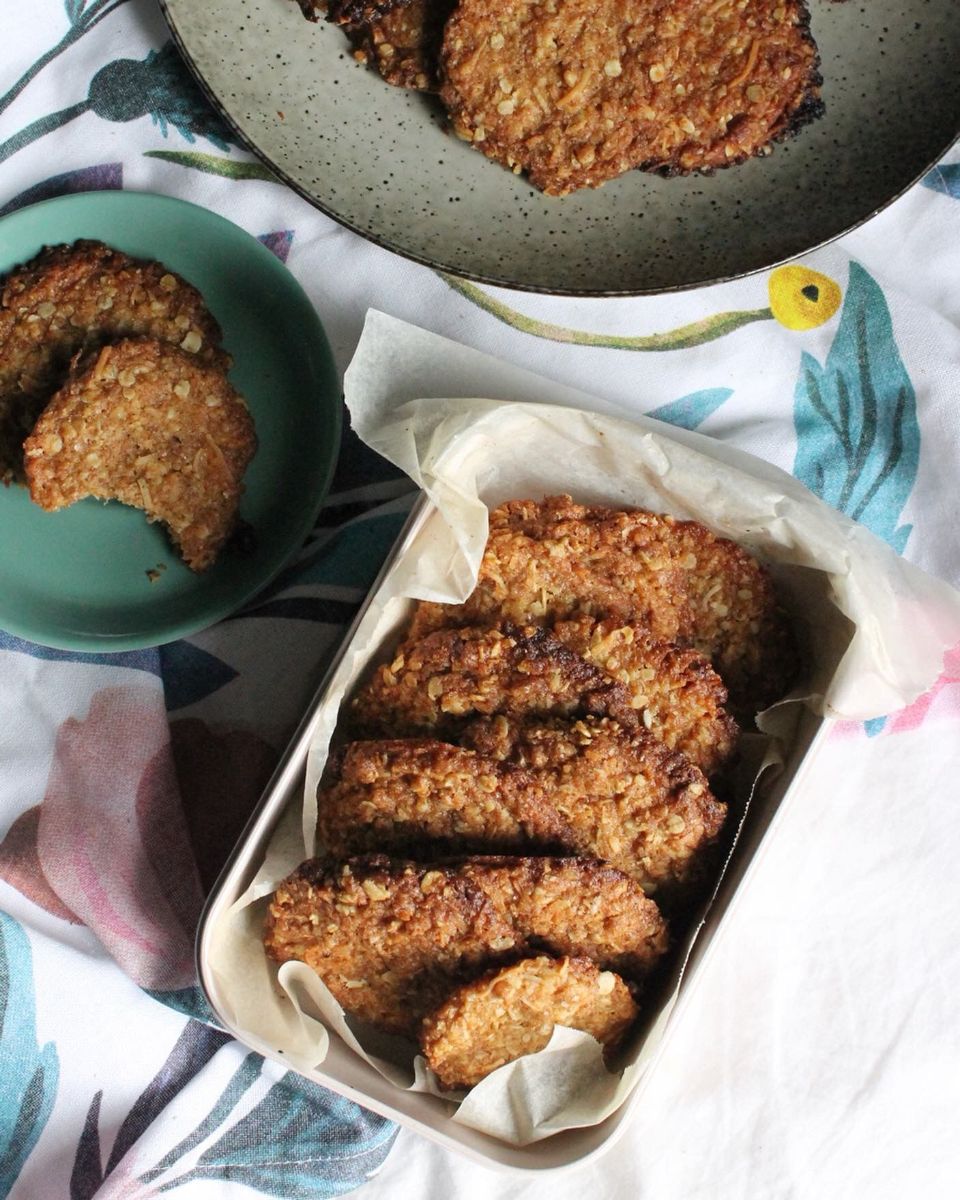
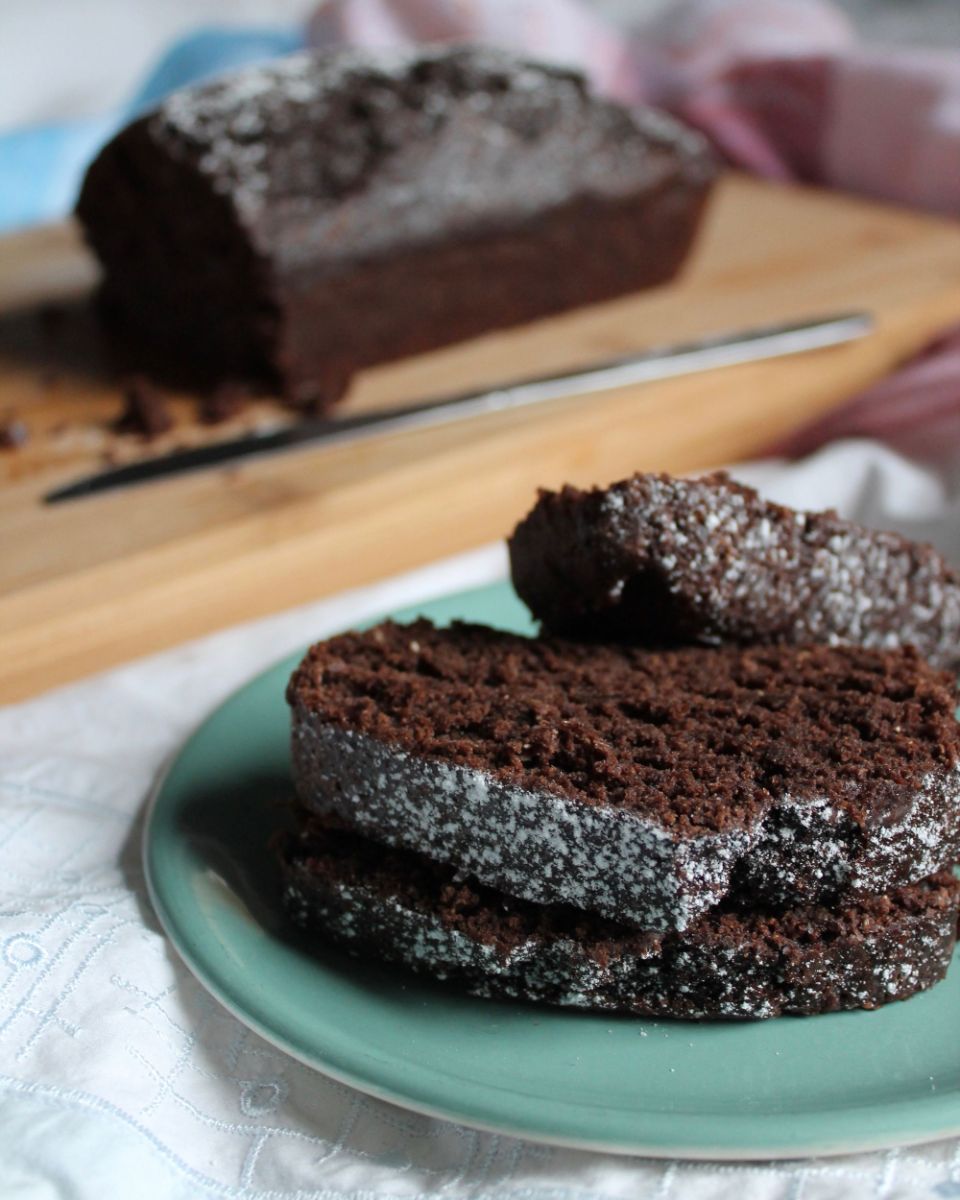
Orange poppyseed loaf, ANZAC cookies and vegan chocolate cake
Recipe Time – Two Sweet Study Snacks
My love for the classic peanut butter + chocolate combo has been taken to the next level after making my own peanut butter cups and some amazing (and easy) peanut butter bliss balls.
1: Chocolate Peanut Butter Cups

Ingredients
200g dark chocolate
2T coconut oil
1/2C peanut butter
1T honey/maple syrup
Sprinkle of salt
Handful roasted peanuts
1. Melt choc with coconut oil, and put a spoonful into cupcake liners (I made 9 using mini liners).
2.While that chills and sets, heat pb with honey/maple syrup (and a sprinkle of salt if your pb is unsalted) until it becomes easily stirrable (add a lil bit of coconut oil if it is still too thick).
3. Spoon a layer of pb over the chilled choc base, then distribute the remaining melted chocolate over the pb.
4. Sprinkle with chopped, roasted peanuts and allow to set!
Makes 9 in mini cupcake liners
2: Peanut butter bliss balls (no blender required)
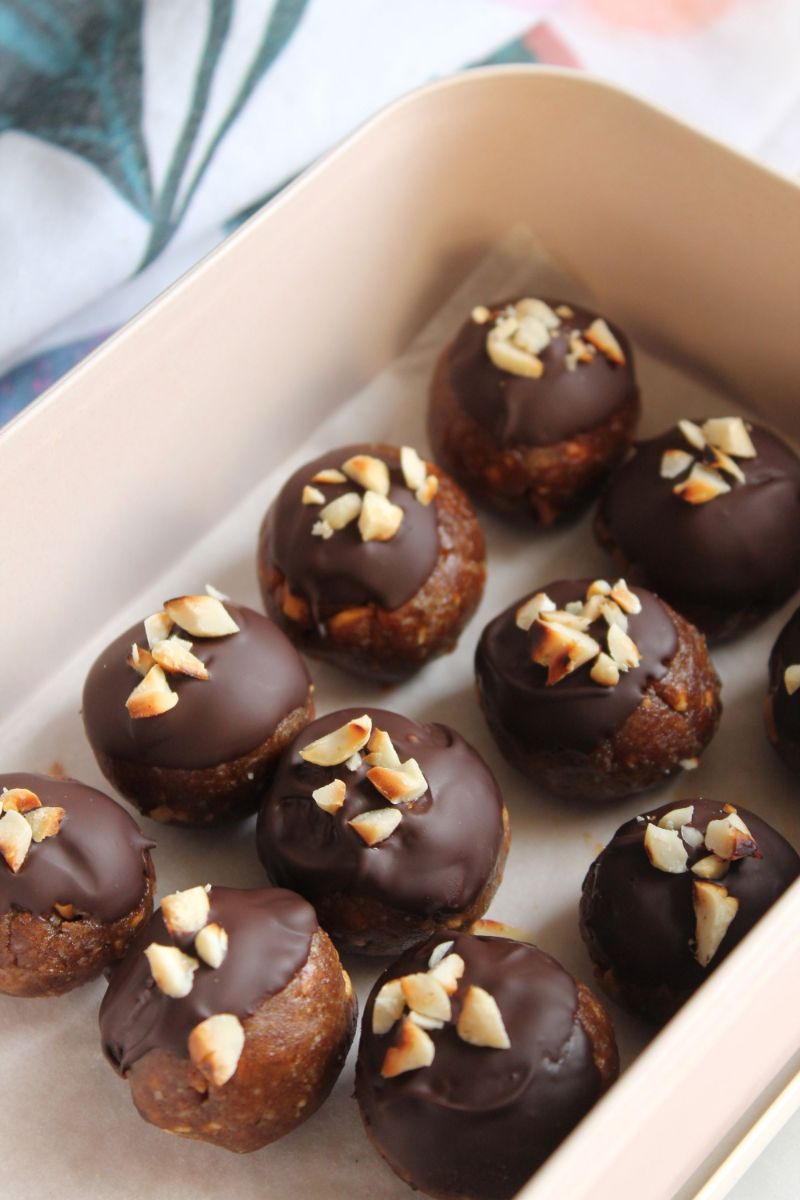
Ingredients
1/2 C peanut butter
2 tablespoons honey
1/2 C date paste (1C whole dates, blended)
3 tablespoons almond or oat flour
- Heat peanut butter on low, and stir in honey until combined.
- Add date paste and almond flour; it should form a mixture which isn’t overly sticky, so add more almond flour if you need.
- Form tablespoonfuls into balls (I made 12 but also had a few cheeky ‘taste tests’ in the process).
- Allow to chill in fridge until firm.
Optional chocolate topping: melt dark chocolate, then dip each ball in and top with chopped peanuts.
I don’t have a blender in my flat, so this is perfect because the date paste and almond flour can be bought from the supermarket. However, you could totally blend your own dates, make oat flour from regular oats etc.
At the end of the day…
It may be tempting to stay in the library for hours upon end, but it is important to give your brain a break, get some fresh air and refuel. Whether you’re buying lunch or have snacks packed, try have a balanced combination of carbohydrates, protein and fruit or vegetables. Super greasy, heavy meals sit in your stomach for ages, so it is best to choose fresher, lighter options. Oh, and drink water as well as coffee.
Thanks for reading, and good luck for your revision!
Kathy @balanceyourplate
